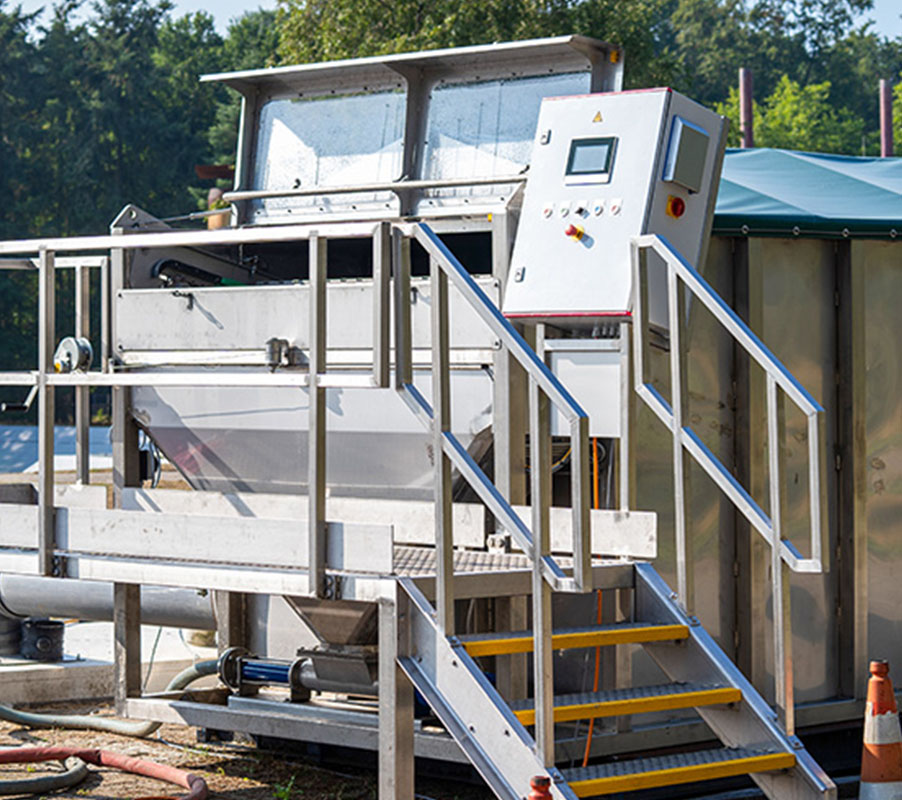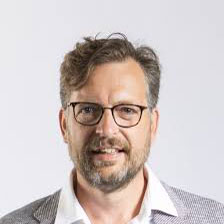
Excellence in the manufacturing process
Bron: www.h2owaternetwerk.nl/new-business 15 juli 2024
Purgatoria developed a sieve with the ICABUS that specifically separates paper fibers from waste water. Purgatoria wants to use the sieve to remove tons of toilet paper from waste water. A test system is now in use in Zeist. The first full-scale demonstration will start at the Asten sewage treatment plant around the turn of the year.
“My goal is to extract as much pulp as possible from sewage water,” says Frans Durieux, owner of Purgatoria.
Little cellulose harvests from wastewater
Research by QS supplies showed that every Dutch person uses approximately one roll of toilet paper per week. In other words: every week, 18 million rolls flush through our sewers. However, there are still few fine sieves to harvest cellulose from wastewater. How does that happen? “Regular fine sieves require a lot of maintenance and also consume a lot of energy,” says Durieux. He wants to change that with Purgatoria, the Latin name for toilet paper.
25 times larger sieve holes
According to him, conventional fine sieves are positioned too vertically, making it more difficult to filter particles. The ICABUS sieve is at a small angle to the floor. “We use a sieve that works below 15 degrees from the floor. This allows us to use sieve holes that are 25 times larger than other fine sieves. This principle is so innovative that we have obtained a patent for it.”
Energy saving
Larger sieve holes have advantages, says Durieux. “Smaller sieve holes are very sensitive to contamination, especially due to grease. Cleaning small sieve holes requires more energy. Where other sieves use 15 kilowatt hours for a flow rate of 400 cubic meters per hour, we use 200 watts for 700 cubic meters per hour.” In addition, the ICABUS has a limited pressure drop of 10 centimeters on the water column. “Other techniques require a water column of 30 centimeters or even 10 meters. This means that the ICABUS can be installed without an additional pumping step, which also saves energy.”
Less pollution to the treatment plant
Removing the fibers also has great advantages for purification. “Less pollution flows to the treatment plant, so less aeration is required. This means that blockages occur less often, which means less maintenance.” In addition, the ICABUS must reduce the overload of the treatment plant during heavy rainfall. “We also investigated the impact of removing fibers from the influent with the ICABUS. This showed that it had hardly any influence on denitrification – less than 4 percent.”
The dirt that the sieve filters is led to a container and removed there. This makes the system autonomous, says Durieux. “All work that an operator does takes place in the open air. The operator never has to come into contact with the pulp. We tested for four months at the WWTP in Olburgen. During that test, an operator was not needed once.”
There are several end goals for the released pulp, according to Durieux. “The use in asphalt, insulation and other applications is very possible. However, this requires much more recovered paper fiber. Until such time as reuse is economically attractive, an environmental contribution can already be made by fermenting the pulp. In short: we believe that the ICABUS is a cost-effective, robust energy-efficient fine sieve that was developed in the Netherlands for the benefit of the energy transition and the circular economy.”
Water Alliance is a network organization that, together with the Wetsus research institute, the CEW and CIV Water, forms an innovation chain for water technology on the WaterCampus in Leeuwarden
Curious
Would you like to know more about this project? My name is Frans Durieux and I would like to tell you more about it.
Mail : Frans@purgatoria.nl

